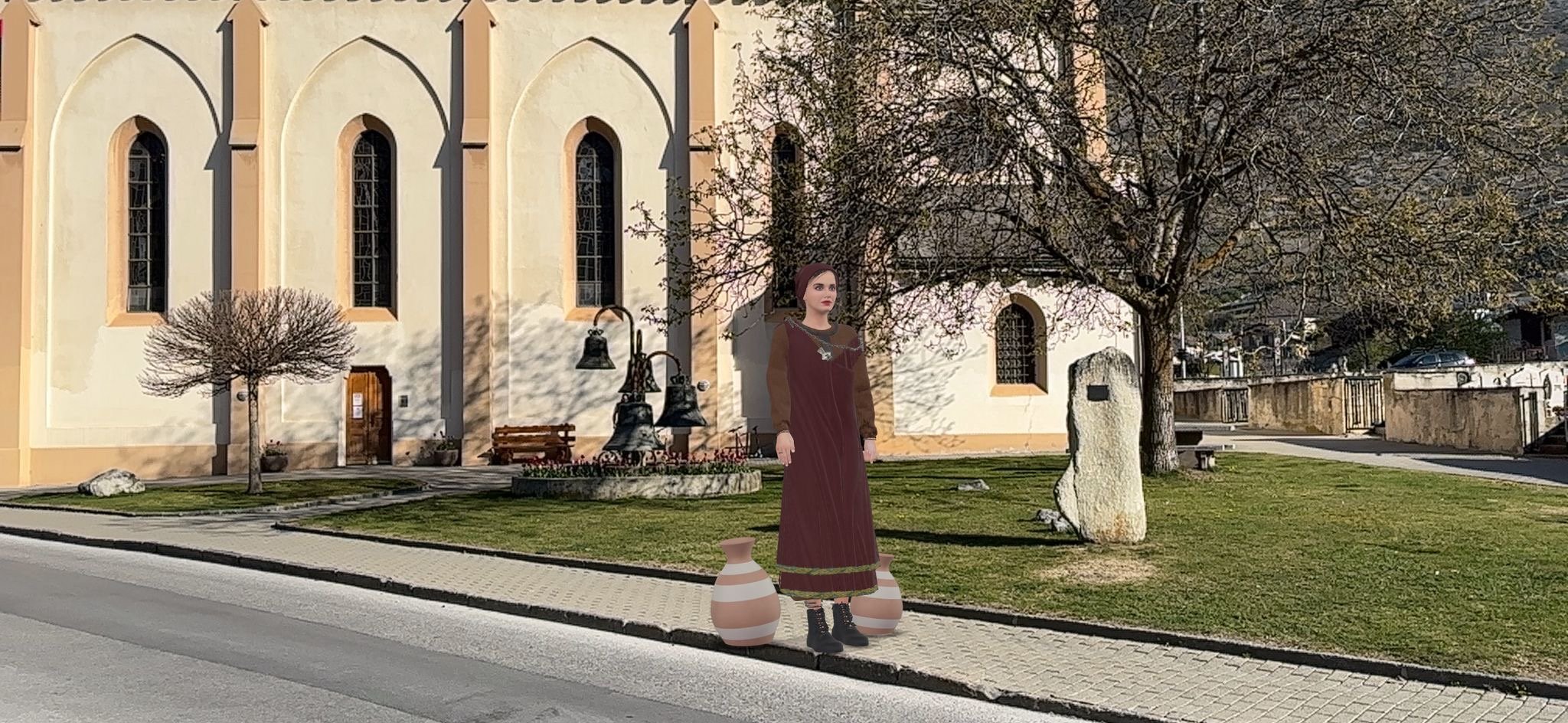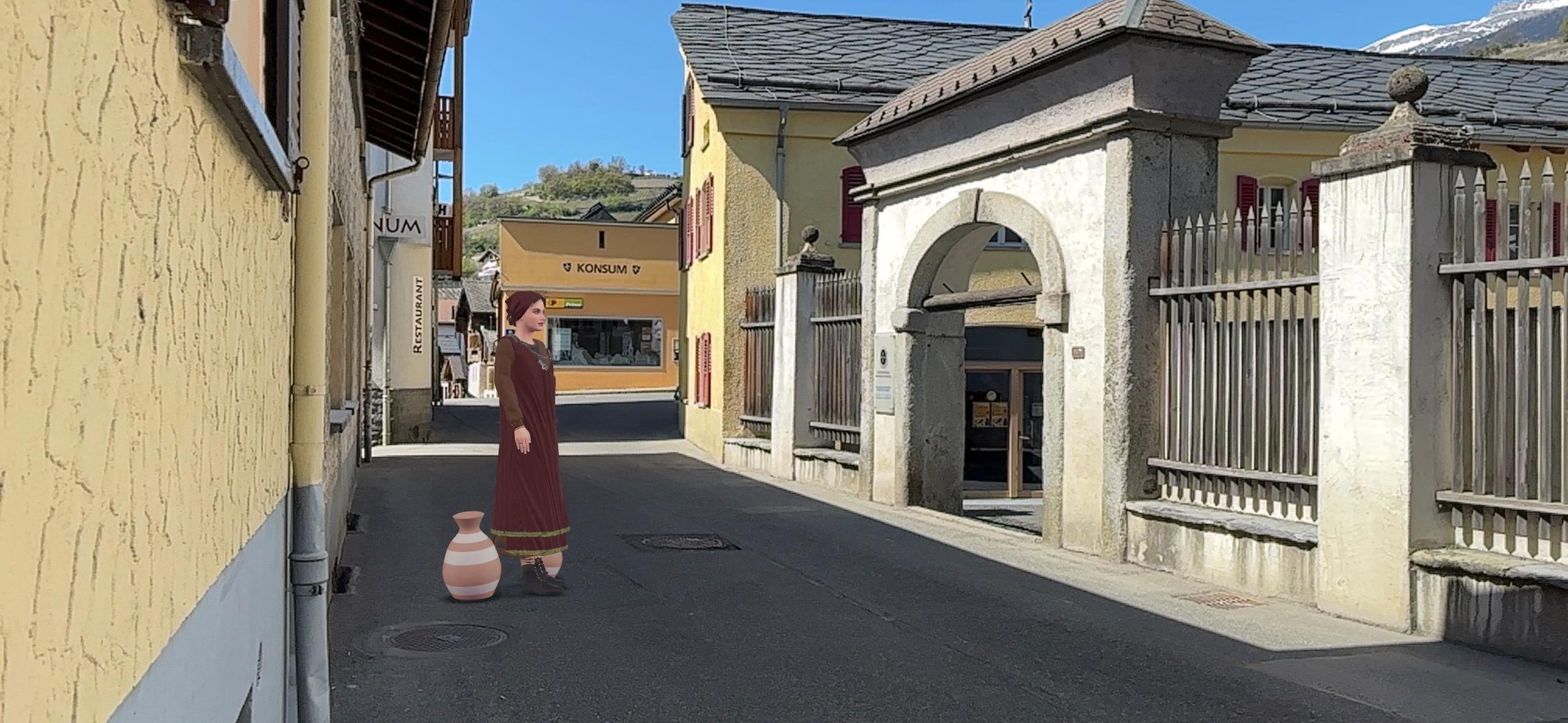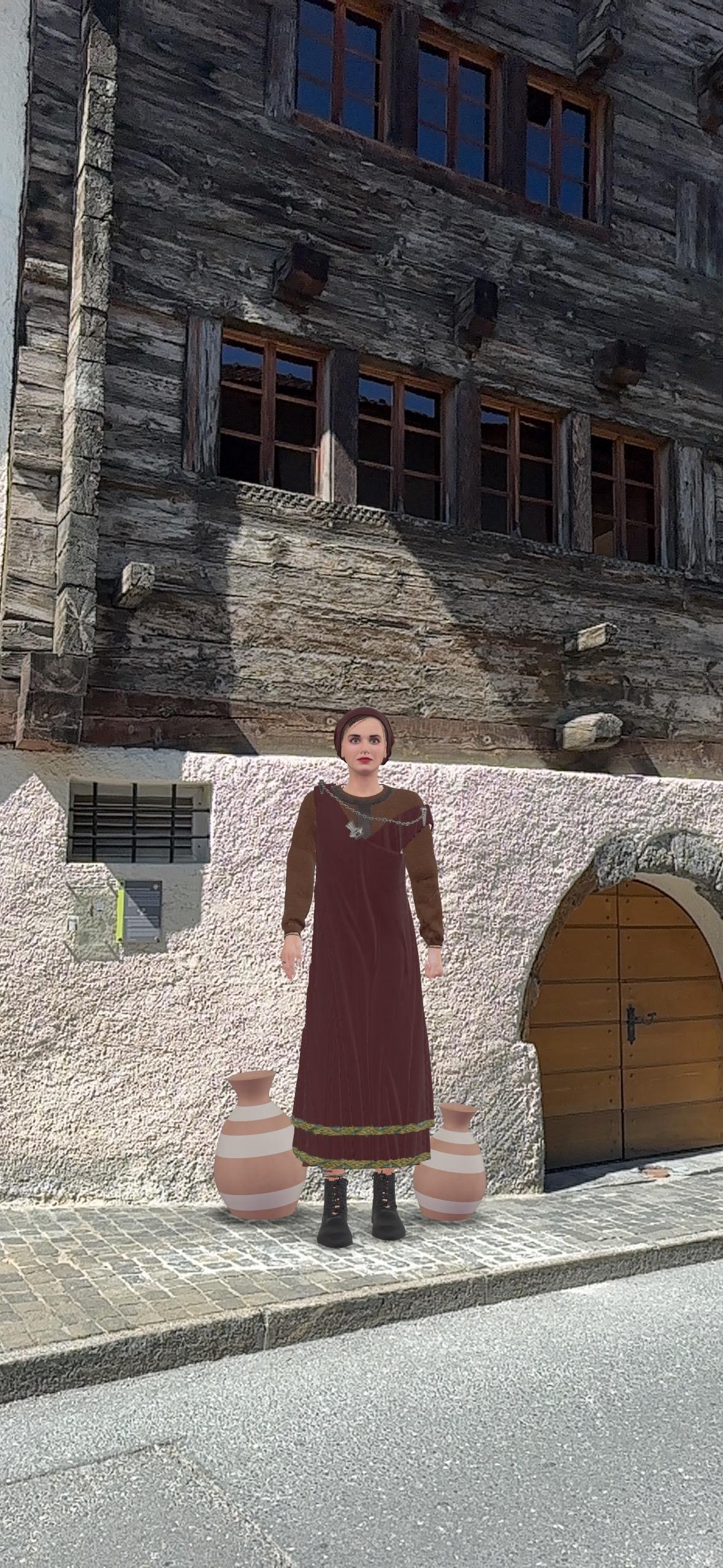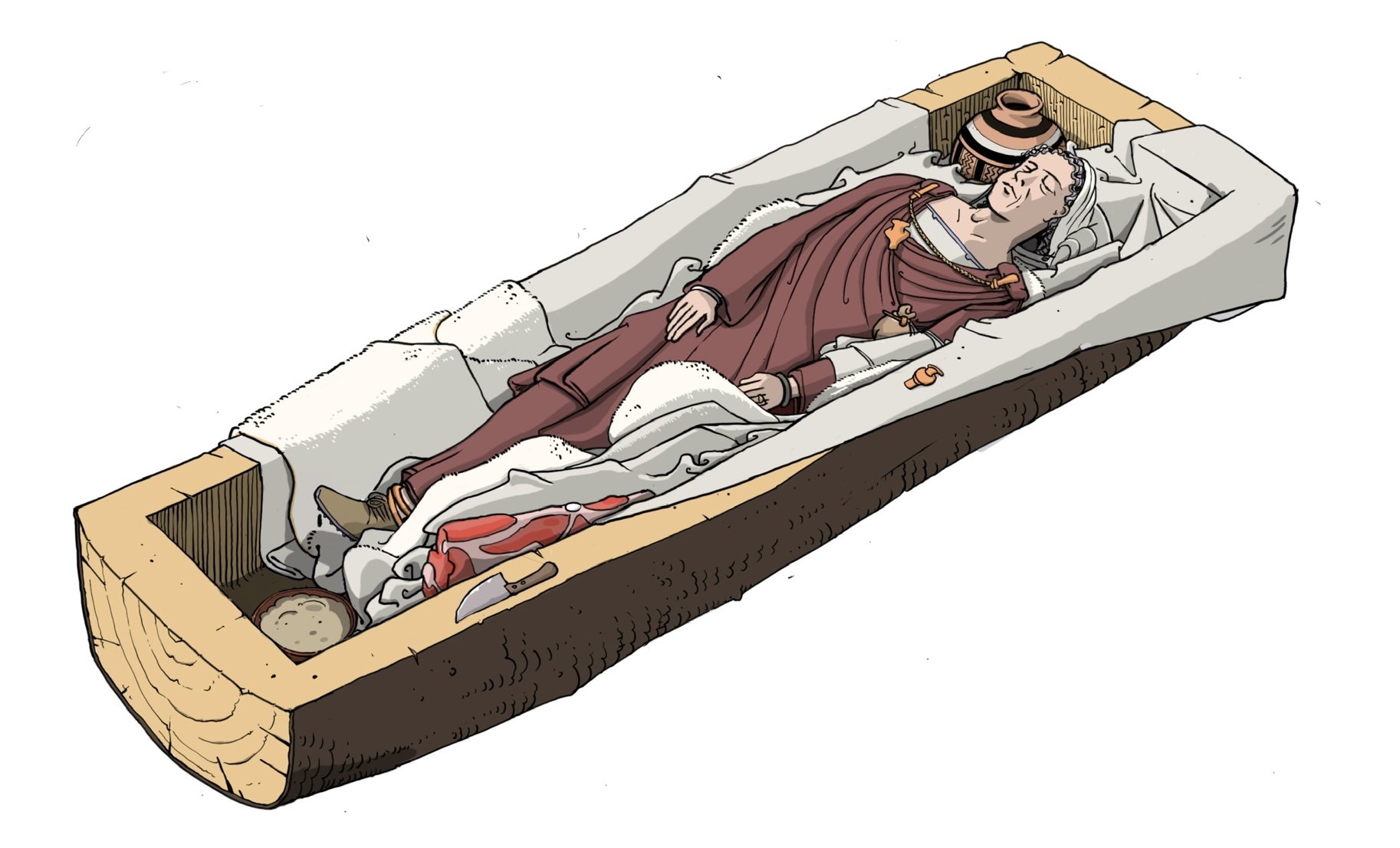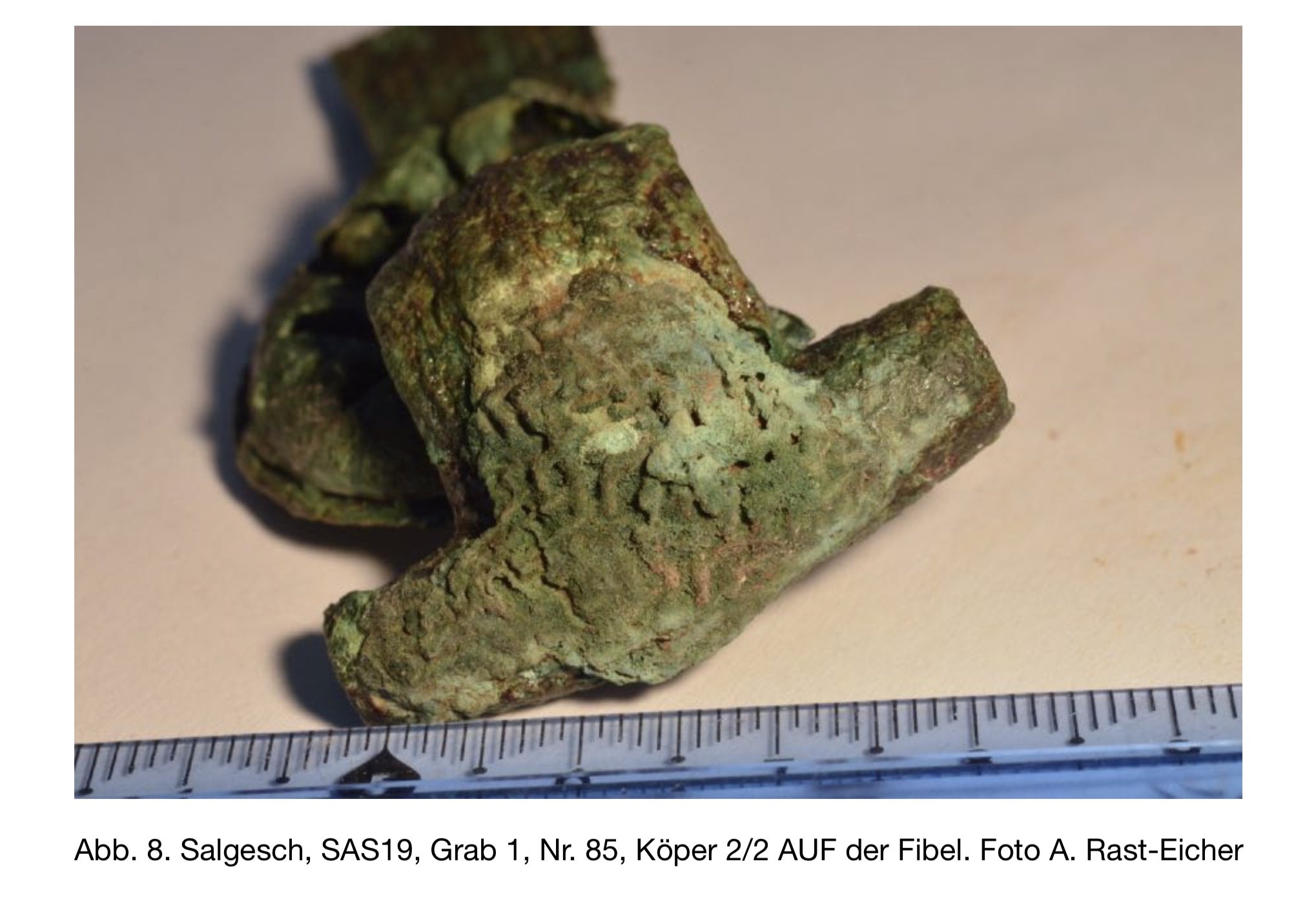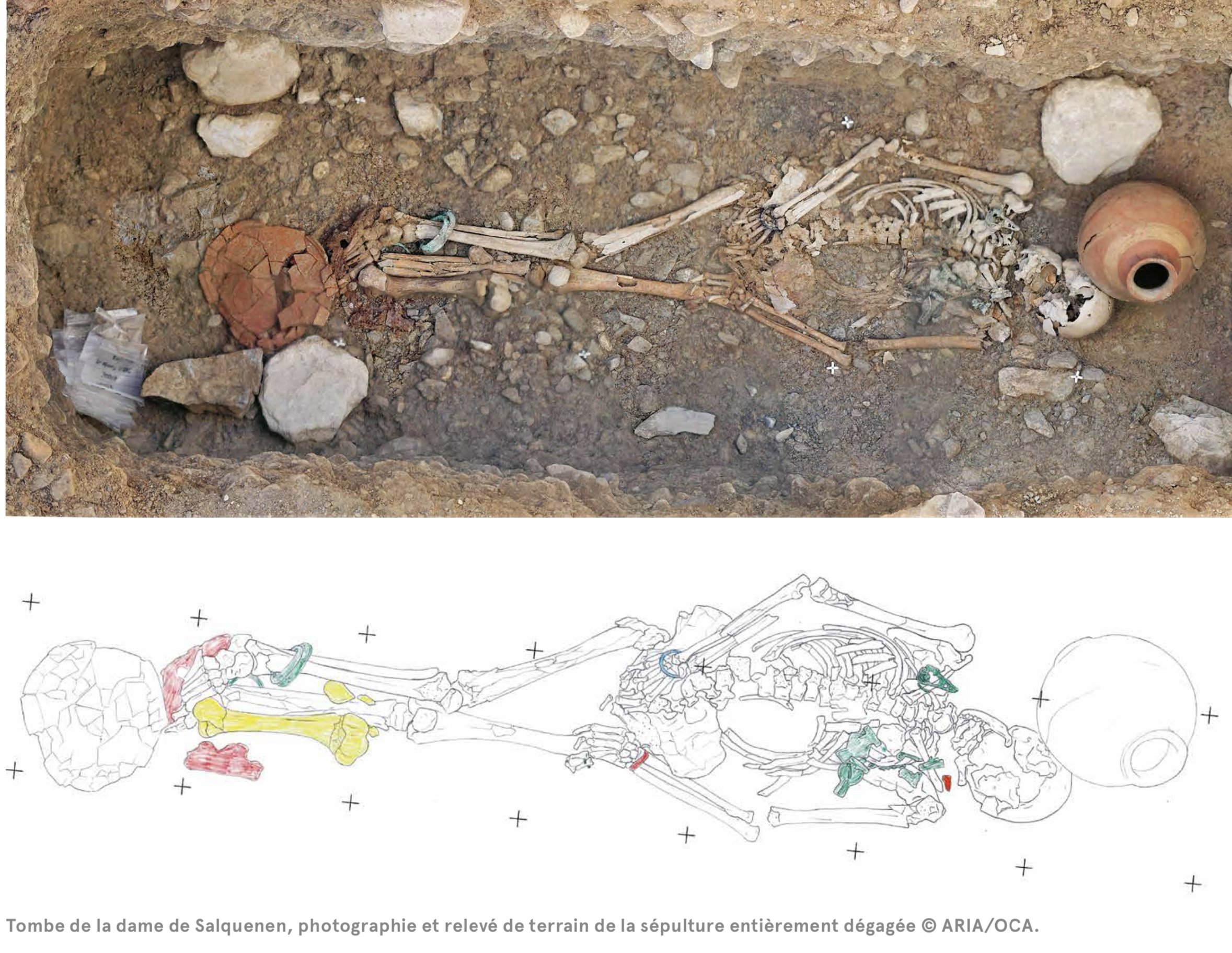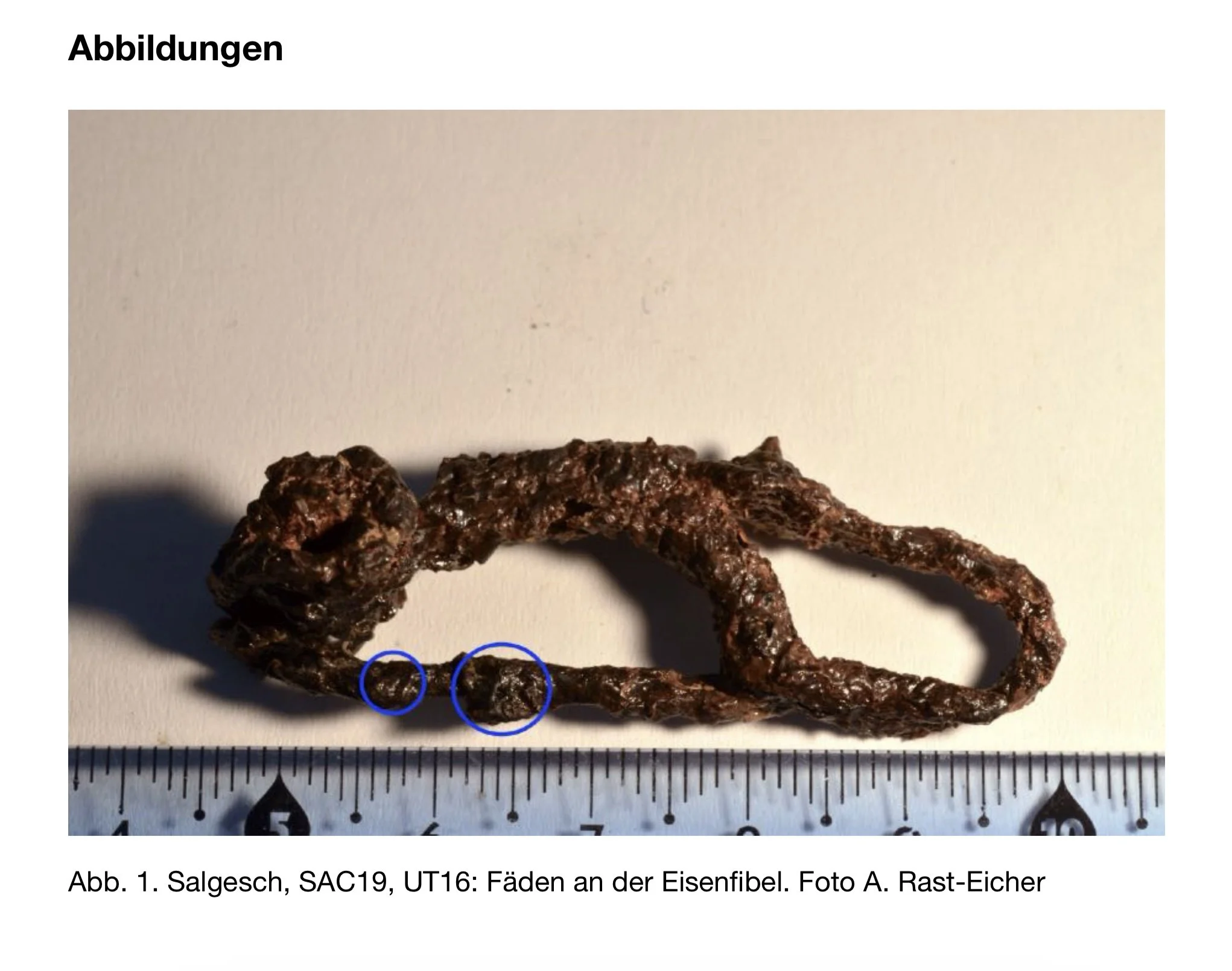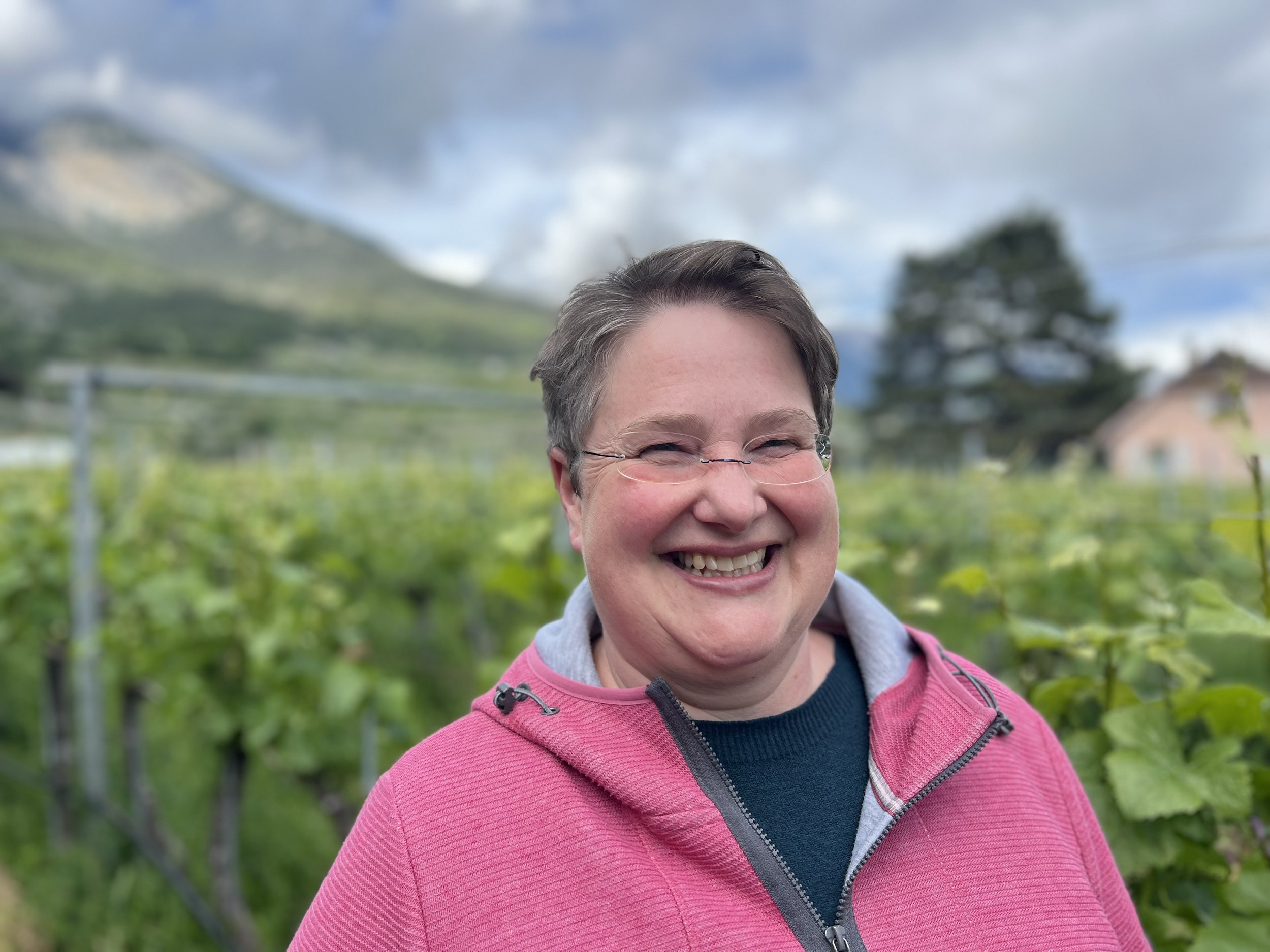
Les Dames de Salquenen
Women of Salgesch, Valais, Switzerland
In the art project ‘Les Dames de Salquenen"‘ we dedicate ourselves to the women of Salgesch, Valais.
We start over 2000 years ago with the Lady of Salquenen and then introduce women of the present.
Women who inspire and captivate us with their stories. They show courage, are engaged and give us an insight into their biographies, their lives and their vocations.
The project is realized by Chantal Mounir-Glenz and Sarah Montani, in collaboration with Dr. Antoinette Rast-Eicher, ArcheoTex, the Association Via Mulieris, the Johanniterbund in Salgesch, and the Municipality of Salgesch in Valais.
Copyright Photos Chantal Mounir-Glenz
Take a walk with the Dame of Salgesch. Scan the QR code or select the direct link:
Visit the plaque commemorating the Lady of Salgesch at the Salgesch Wine Museum
Impressions of the vernissage April 12, 2025 Salgesch
Speech by Sarah Montani and Romain Andenmatten
Photo: Veronique Borgeat Pignat, Denyse Betchov, Marie-Franzce Vouilloz Burnier, EstherWaeber-Kalbermatten, La Dame de Salquenen, Sarah Montani, Maryline Morard, Ursula Dupont-Cina
She wore two delicate rings on her right foot, which was typical of the ladies in the region. Source: https://www.vs.ch/documents/29444320/29452621/21-La+Dame+de+Salquenen.pdf/7d0e5d1a-45f1-3235-ad5d-144b9fb766dd?t=1656061426688
Credit: Y. de Kalbermatten / OCA and OCA Office cantonal d’Archéologie / Kantonales Amt für Archäologie
She wore a brooch on her chest to hold the garment togheter. Source: Antoinette Rast-Eicher
Copyright: Salgesch: Organische Reste an Objekten von SAC 19UT16, SAS19 Grab 1 und an Streufunden, Antoinette Rast-Eicher, ArcheoTex, November 2020
La Dame de Salquenen
It all begins with archeology. In 2019, during the construction of his single-family home, multiple settlement layers from the late Iron Age and Roman period (2nd century BC to 4th century AD) were uncovered. The burial of a woman about 50 years old with a rich grave inventory, illustrating the transition from Celtic to Roman traditions, was excavated.
She is called 'La Dame de Salquenen'.
Since Chantal Mounir-Glenz and Sarah Montani were already exploring the Salgesch area as little 'archaeologists' in kindergarten, this find has fascinated them.
As part of the project, La Dame de Salquenen will be brought back to life through augmented reality (AR). Together with designers and researchers, she will be reconstructed and presented in the coming months. A preview of the project will be published in October 2024. The offical project will be shown in Salgesch in Mai 2025.
Well-preserved hobnails (Schuhnägel) are visible under her leather shoes. Source: Antoinette Rast-Eicher
The two brooches on the shoulders were connected by a small-link chain. Source: Antoinette Rast-Eicher
The hem of her dress could have had a beautiful border (Brettchenweberei).
Copyright: Karina Grömer, Thomas Stöllner, Ein abgerissener Ärmel aus dem Salzbergwerk Dürrnberg: Neue Erkenntnisse zur Brettchenwebtechnik in der Eiszeit in Mitteleuropa, Sonderdruck aus dem Jahrbuch der römisch-germanischen Zentralmuseums Mainz, 56. Jahrgang 2009, S. 133
Graphik nach Grömer 2005; Foto A. Rausch, Naturhistorisches Museum Wien
The position of the brooches suggests the ‘Menimane costume’.
Funerary stele of Blussus and Menimane, Mainz (D); the three fibulae from Salgesch No. 83, 84, 85 correspond to the three marked fibulae (two on the shoulders and the third horizontally on the chest). There was also a lambskin in Salgesch, which was placed in her grave. We have omitted this from the vivid depiction. It also had a coarse woollen body held together by the fibula 86, which was over the fur. We have not depicted this woollen body so as not to conceal the lower garment. Photo: https://de.wikipedia.org/wiki/Datei:Mainz,_Grabstein_des_Blussus_und_der_Menimane.jpg
The primer on the shoulder. We can see a small part of the chain that holds the two brooches togheter. Copyright: Antoinette Rast-Eicher, ArcheoTex, November 2020
She was about 50 years old, had beautiful clothing, gifts and jewelery.
Felizitas Mathier Benicchio and Chantal Mounir Glenz, Salgesch, Mai 2024
And what about the present? Let’s jump 2000 years into history and land in the present. We introduce fascinating women from Salgesch. We already spoke to Felizitas Mathier, Sara Montani, Celine Mounir, Susanne Montani-Anthamatten and more women of Salgesch. The book will be published in 1 Year.
Felizitas Mathier Benicchio
Searching for new paths with curiosity and a pioneering spirit
Felizitas Mathier Benicchio is a remarkable woman who has been running the family business Franz Josef Mathier Weine in Salgesch since 2006. She has made a name for herself as a pioneer in the Swiss wine industry and was the first woman in Switzerland to graduate as a wine technologist with a federal master's diploma in 1998.
Together with her husband Andrea Benicchio, a horticultural engineer, she focuses on natural and environmentally friendly cultivation that combines ancient knowledge with modern methods.
Interested to read her interview? Let us know.



